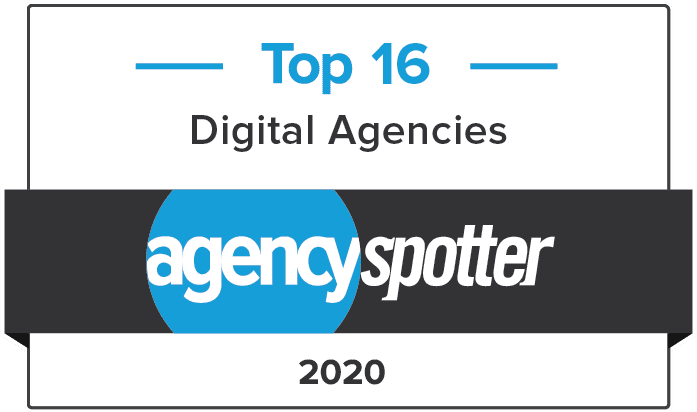
The Secret of Engagement
If you want to understand how much the Internet has taken over the major role as our information provider of choice, just look at Election Night.
Once, political junkies sat glued to their TV sets awaiting the latest pronouncements from the likes of Wolf Blitzer on CNN or Chris Wallace on Fox News. But this year, they were just as likely to be frantically typing in websites at their keyboards, ingesting the latest nonstop streams of consciousness from Twitter and Facebook; see-it-now websites such as Real Clear politics’ real-time vote totals; and wonky blogs such as Nate Silver’s Fivethirtyeight.com.
Yes, more than ever, when we want our information fast, we turn to the Internet—a trend that keeps accelerating.
Our thirst and demand for online access is expected to increase threefold over the next five years, according to the Cisco Visual Networking Index. Before the Internet, user experience was based mostly on samples, brochures or demonstration of a product—snore! Today, the user experience is dominated by the Web, where the user can interact and browse leisurely through multiple sites before deciding to invest. Want to make sure they invest with you? Do you have plenty of leads and prospects, but they are not buying? How do you make your site a great experience?
If your website isn’t designed with your target audiences needs in mind, you will fail. Today’s users want information fast and easy, right at their fingertips and they are securing more bandwidth on their devices to get the speed they need. Despite this trend, 95% of websites are not designed to engage and convert.
Like any good design, successful web pages are usually a delicate balance. Keep in mind that even a minor change can have a major impact. To get you rolling down the right track, here are some basics:
- Color impacts the success of your business. Research shows the relationships between color and marketing: 92.6% of users say that they put the most importance on visual factors when purchasing. Color increases brand recognition by 80%. Just look at Heinz and the success of its EZ Squirt Blastin’ Green ketchup in the marketplace. Do you remember the impact of Apple’s first iPod that was big on color and fun? You can remember that spot like it was yesterday! Color engages and increases participation—giving you a competitive edge.
- Content is king. Don’t give them a book; make sure your content is engaging, fresh and concise with your target market in mind. Rule #1: Tell me what differentiates you from competitors, and why I should care. Users need to know that you are a trusted and credible source. But don’t overburden them with too much information. Establish the right keywords to help search engines know the subject of your site and its products/services so the user can find you. Seal the deal with a “call to action” that is clickable and stands out from your text. If users’ hang time on your site is strong and they still aren’t converting, change up your call to action.
- Design—the good, the bad and the ugly. Navigating a website is like trying to find a needle in a haystack. You can’t afford to have users hunt for what they need—they will simply go to your competition! The heart of good web usability is easy-to-use navigation with clearly marked paths that channel information, fast loading pages (remember users are impatient), intuitively organized content based on user needs and clean, crisp graphics that align with your brand.
- Build loyalty by listening and responding. Once you’ve got customers, give them a voice. Listen to what they say about your product/service. Another way to improve your chance of conversion is through conversation. Stay engaged with them by providing feedback and telling them how valuable they are to you.
Bottom line—a good user experience that ropes in customers will increase sales. What tips do you have for improving sales conversions online?
My Recommended Reads:



